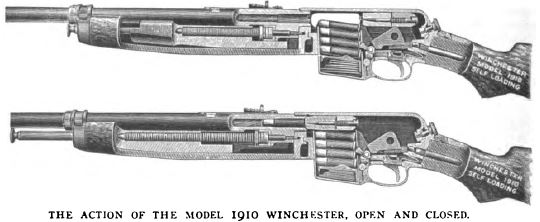found this
the history of Romanian motorcycles begins before WWII. Tohan Industrial Works was founded in 1938 in Zarnesti, in central Romania, as a subsidiary of the Malaxa group. It specialized in making bicycles and motorcycles. Tohan products became famous during the war, when they made munitions, pyrotechnics and rockets for the Romanian army
Malaxa factoriers were founded in 1921 in Bucharest by Nicolae Malaxa, a Romanian engineer and industrialist. Main activities were the repairing of the rolling stock, manufacturing steam locomotives, diesel locomotives, car-engines and passenger coaches, Diesel engines, brake equipment, special alloy steels. By the end of the 1930s, the Malaxa factories were one of the biggest industrial groups in Southeastern Europe, and the main provider of equipment for the Romanian Railways during the period .
In 1930, most Romanian Provinces were at least 73% Rural in population. Don't see why Ruralia wouldn't be similar

